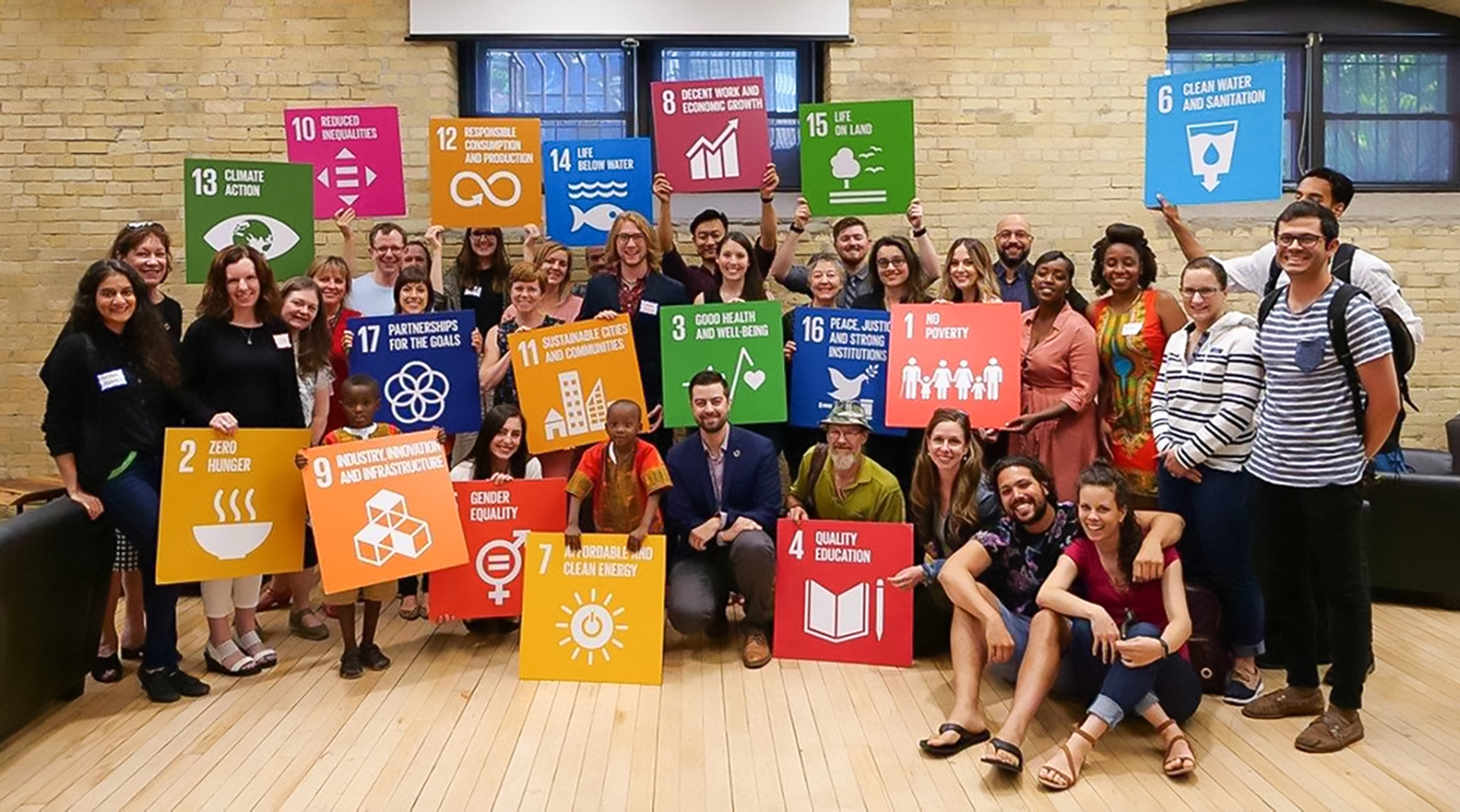
With winter approaching and the COVID-19 pandemic still raging, many community foundations are exploring how to help their communities bounce back and build toward a stronger, more sustainable future.
Some experts say the United Nations’ sustainable development goals can help communities begin to heal. Adopted in 2015, the SDGs are a set of 17 ambitious goals for addressing some of the world’s most persistent problems by 2030. Tony Pipa, a senior fellow in the Global Economy and Development Program at the Brookings Institution, said the SDGs offer the blueprint needed to help community foundations lead local recovery efforts. He studies how using the SDGs at the local level can improve social progress in the U.S. and globally.
“I think the pandemic has really reinforced the importance of the SDGs,” Pipa said. “They made concrete what may have previously been an abstract concept to some. People are starting to see the interdependence of many different dimensions of development.”
Many community foundations outside of the U.S. have started to embrace the SDGs. Recent research found that nearly 60% of European community foundations see a connection between the SDGs and their work. Community Foundations of Canada also highlights its members’ excitement in its recently published SDG Guidebook and Toolkit. In it, Victoria Foundation CEO Sandra Richardson speaks of the power of the SDGs to spark collaboration and lasting change.
“The U.N.’s sustainable development goals provide a concrete way for all of us — governments, businesses, non-profits and individuals — to get on the same page and create the future we all need,” Richardson said.
Foundations in the U.S. have been slower to respond to the SDGs, mainly due to perception that the goals are only applicable abroad.
“I found a lot of resistance around it, especially in the early days,” Pipa said. “Many thought it was just a ‘U.N. thing’ and didn’t want someone coming in from the outside saying here’s what you ought to do.”
Though many in the U.S. may perceive the SDGs as being solely focused on solving daunting problems in developing countries, Pipa stressed that they offer a framework that can help all communities assess issues such as racial injustice, poverty, education and health through a common lens. The SDGs also provide a common approach to addressing those issues.
Some community foundations in the U.S. are making strides with the SDG framework. Sarah Owen, who heads the Southwest Florida Community Foundation, said her organization has been exploring ideas around sustainability for well over a decade. The foundation began seriously considering the SDGs in 2016.
“Prior to the launch of the SDGs, we had already begun the process of trying to align our work around what we called the three-legged stool of sustainability: economic, environmental and social,” said Owens. “What really attracted us to the SDGs was the idea of putting into a common language the idea of ‘think globally, act locally.’ That was something we always said but were never able to actualize.”
As important as the goals were when they were adopted in 2015, Pipa said they take on even more urgency now as communities grapple with the vast levels of inequity and structural racism that the pandemic has exposed.
“The global response to protests (in the U.S.), and civic engagement that has taken place after the police killing of George Floyd, created a new understanding that a big part of the SDGs are issues of equity, and people and communities being left behind,” Pipa said.
In a new report aimed at helping community foundations understand how the SDG framework can help them address these persistent issues in their communities, veteran philanthropic researcher Larry McGill also underscored the urgency of the moment.
“Given increasing public impatience with the chronic lack of action on systemic racism, along with the adverse health and economic consequences of COVID-19, community foundations may have little choice but to prioritize these issues on their 2021 agendas,” McGill said.
His report, which was commissioned by the Charles Stewart Mott Foundation, offers a fresh look at the SDGs through an equity lens. McGill suggested that matters of racial equity are implicit throughout the framework. Further, he said a deeper look reveals that the SDG “Indicators” are the key points of connection with the work of community foundations — and that more than two dozen indicators, spanning nine SDGs, are relevant to COVID-19.
Rebounding from a period of such heavy turmoil will be challenging for most communities — large and small. But McGill believes community foundations understand the unique challenges of their local communities and are well-positioned to use the SDGs to engage people from different facets of society in finding solutions.
“Successfully addressing the twin crises of COVID-19 and racial inequity calls for coordinated action by community foundations and others,” he said. “The SDGs can be the critical link to an organized approach as philanthropy engages in the essential work of systemic change.”
